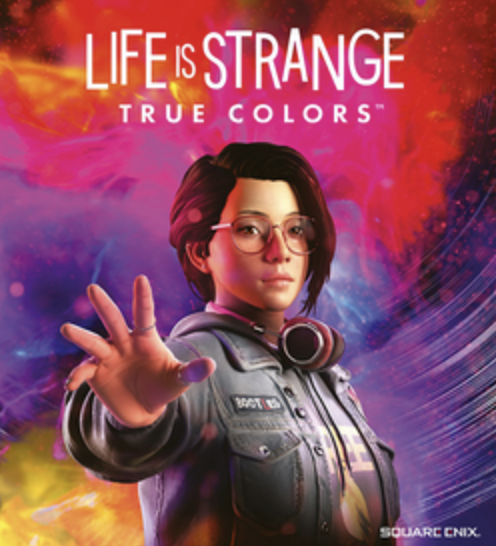The fourth “Life Is Strange” game finally delivers on a promise made years ago
BY: JACOB POLITTE
Managing Editor

The “Life Is Strange” video game series has always been one that has so much promise but often stumbles when trying to fulfill its overall potential. It’s essentially a choose-your-own-adventure novel in video game form, where the main promotion of the game centers around a basic premise: The choices you make with your actions or words often have an impact on the direction that the story takes.
Visually appealing graphics and great story foundation have often been overshadowed by lame dialogue and the fact that at the end of the day, your choices often don’t feel like they matter all that much. The first game in the series, the original “Life Is Strange” that was released back in 2015, suffered greatly from this type of critique. The subsequent games “Life Is Strange: Before The Storm” and “Life Is Strange 2” improved upon the criticisms slightly, but never felt like they went far enough.
“Life Is Strange: True Colors” finally delivers on that front, while incorporating new elements to help take the series in a much more engaging direction. One of those new elements is an open-world environment, where you can freely explore most of the town and choose who to befriend. Other games in the series had large environments, but they often felt dull and constricting in a way that “True Colors” avoids.
While these friendships and relationships are largely optional, they have the potential to either help or hurt you in the game’s final act.
Main characters in “Life Is Strange” games often have a supernatural ability to help control the events of the game around them. The new main character is Alex Chen, a young woman who can experience and potentially manipulate the emotions of the people around her. It’s not quite the ability to control time like Max Caufield had, or the telekinetic abilities that Daniel Diaz had, but it helps keep this game more grounded in reality than the others, which helps it greatly. The game takes on the mystery element of the first game, but that particular aspect is more grounded in reality than the first game. As it turns out, unraveling a conspiracy is just as compelling as manipulating and ripping a hole in the space-time continuum.
While there are small tie-in’s to the previous games, this installment is largely allowed to stand on its own, and that helps it stand out.
It also helps that unlike all of the other “Life Is Strange” games, this game was released in its entirety all at once; typically, “Life Is Strange” games are released over a period of a year or more. “True Colors” maintains the episodic format to keep that charm from the other games, but having all the episodes available at once really helps to keep the player invested.
With better writing, a really good story and choices that feel like they actually have lasting consequences, “Life Is Strange: True Colors” absolutely excels with its presentation in a way that other entries in the series have failed to measure up to. When the dust settles and enough time goes by this may prove to be the best entry in the series.










